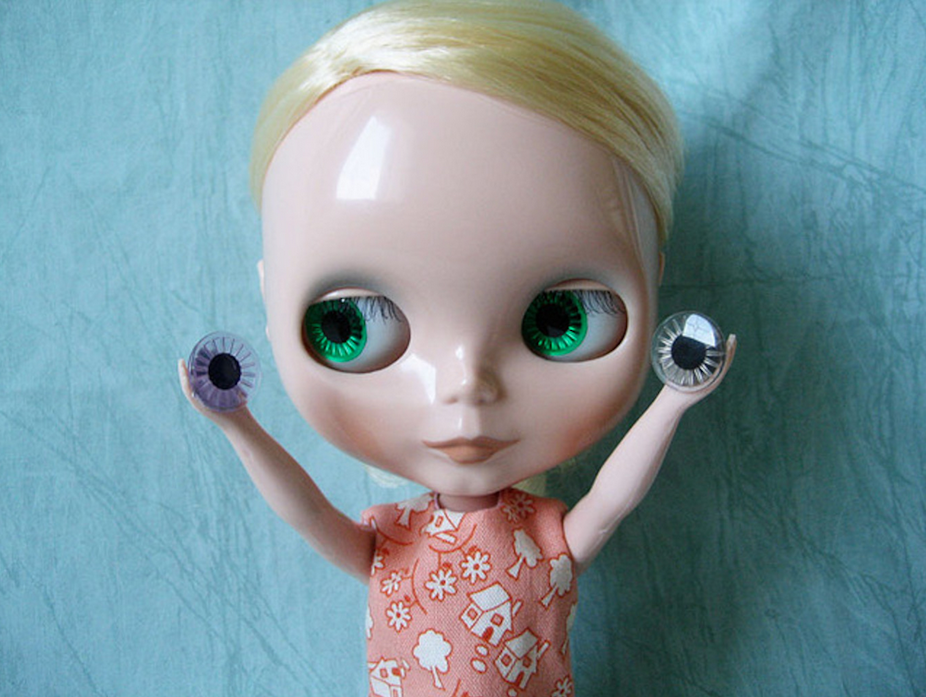The price of gene sequencing has plummeted in the last few decades. Now we can know what our DNA looks like, and discover what our bodies may have in store for us in the future. We can know medical information such as how long asthma will last to our likelihood of getting certain types of cancer.
23andMe is the largest genetic testing company, providing DNA analysis directly to over 200,000 customers worldwide. Its test is not meant to be a diagnostic tool, but is intended for research and educational purposes. It detects about a million genetic markers from the human genome. These markers are associated with a range of traits from bitter taste perception or eye colour to vulnerability to diseases such as Parkinson’s or Alzheimer’s.
Genome-Wide Association Studies are used to establish the link between markers and traits. Such studies are conducted by comparing the genetic makers in a sample of people who have a specific trait to a control population who don’t. To give reliable results, a study needs to have a sufficiently large number of participants, with thousands or better ten thousands of people enrolled. This can be an obstacle, but 23andMe has realised the potential of its large customer base, and uses the data of consenting clients in its research.
A US Supreme Court ruling on gene patents last month means that tests on naturally-occuring genes such as BRCA1 and BRCA2 can no longer be monopolised by private companies, though synthetic DNA can still be patented. This represents a significant hurdle cleared for genetic testing, with lower costs giving more people the chance to get tested, hence providing more data for studies. But sharing the data of people involved in research is a delicate subject.
Sharing data isn’t a big part of our culture. Privacy is a large issue for genetic testing. What happens if employers, insurance companies or the government get access to the data? Can they use it to fire you, raise your insurance rates or as evidence in criminal investigations?
The law can protect individuals to some extent. For instance, in the US, the Genetic Information Non-Discrimination Act is designed to prevent the use of genetic information in employment and health insurance. But they may not offer protection from all negative uses of genetic information. The US laws do not cover long-term care or life insurance.
Despite these issues, many individuals who purchased personal genetic test results have published them openly on the internet - often on their own websites - to give the world access to their data. This also has the benefit of changing their role from passive research subject to active agent of scientific endeavour. The first projects, which try to offer a platform for people who want to share their genetic data with the world, have already started.
One of the oldest is the Personal Genome Project, which started in 2006 at the Harvard Medical School. Volunteers can enrol in the study, which aims to publish the full genomes along with medical records of 100,000 participants into the public domain.
Another such project is openSNP, which we started in 2011. It allows genetic testing customers to publish their data, along with traits they have, into the public domain. OpenSNP also mines the scientific literature for the different genetic markers tested by companies like 23andMe and acts as a platform where people can discuss genetic variants, recent studies and test results.
Although neither project has the number of users to allow large scale studies, the data is already being put to use. Last year, the Personal Genomics Project (PGP) started the GET-Evidence database, a tool for the automatic annotation of genetic variations. And data from openSNP is already being used by the genetic genealogy community to compare old DNA samples like that of Ötzi the Iceman or the ancient Denisovan. Individual openSNP users are also testing their own annotation software with the available data and returning the results.
But this openness may come at a cost, and there are still many bio-ethical considerations to think through. The biggest point of debate is informed consent. It is arguable whether participants of projects such as the PGP or openSNP have understood the potential risks they take by making their data available. While users can participate in both projects with a pseudonym, it will always be possible to identify them because of the unique nature of an individual’s genome.
To tackle this worry, the PGP limits its participants to permanent residents of the US and each one has to take a series of online tests. This meets the standards of the Institutional Review Board (IRB) of Harvard Medical School. OpenSNP has no such process, as it is run outside of the academic sphere with no funding, making it more difficult to get IRB approval.
But even without projects such as the PGP or openSNP, people would not stop sharing their genetic data via websites, source code-platforms like GitHub or even Facebook. Right now, technical progress is moving too fast for legislation and bioethical best practices to catch up. Propositions like Portable Legal Consent are taking the first steps to adapt human subject research for a culture of sharing in the internet age. But we have a long way to go before we can enjoy all the benefits that collaborating and openly sharing data can bring to human genetics.

